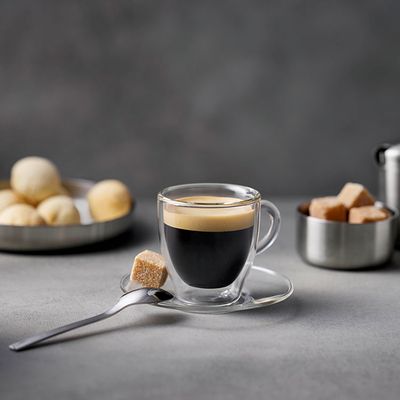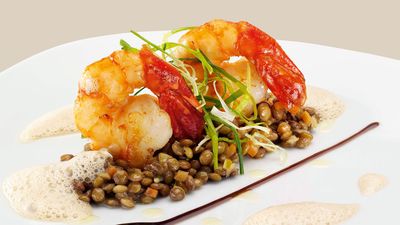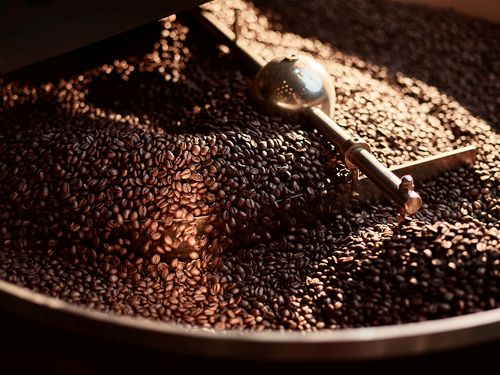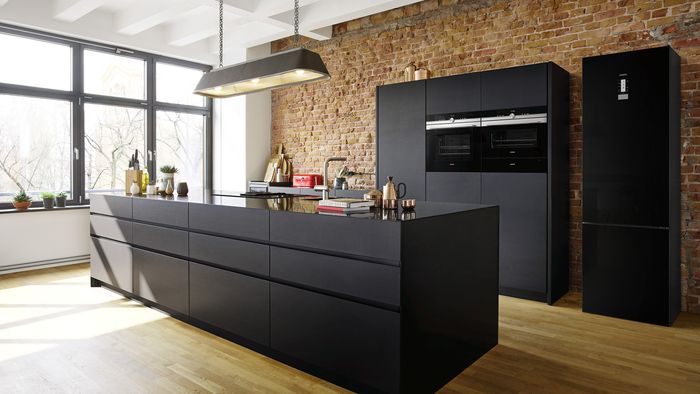Some people believe an Espresso should be consumed quickly however an Espresso can be enjoyed slowly, experiencing the full-bodied flavour, and the velvety crema, which is the sign of a perfect Espresso. Italian Barista Angelo Moriondo is credited with inventing the Espresso machine in 1884, to meet the demand for creating individual cups of coffee expressly for his customers, quickly. The rest, as they say, is coffee history.

How to make it.
The perfect Espresso is all about precision. The beans finely ground, water heated and maintained at a constant and precise temperature. The Espresso is created by forcing a small amount of almost boiling water under pressure through the finely ground beans, topped with crema. Fully automated coffee machines bring it all together, ensuring a perfect Espresso every time.
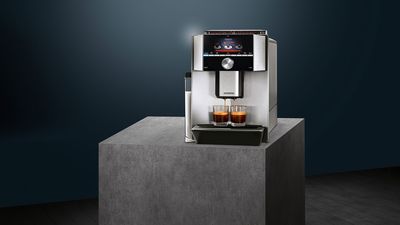

How to serve.
An Espresso is served as a shot. A double Espresso is called a doppio. Regardless of the size, an Espresso is served in a small ceramic cup known as a demitasse (French for half cup), half the size of a regular cup. Ideally, the cup should be pre-warmed. Espresso is often served in glass cups, although this is purely for aesthetics.

